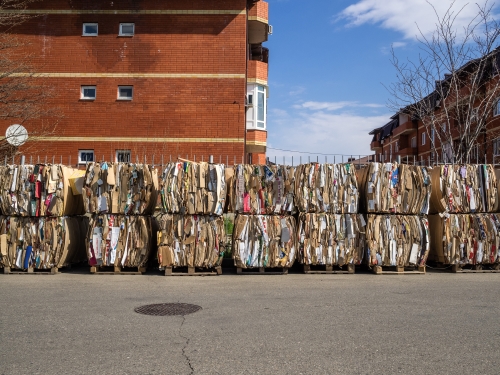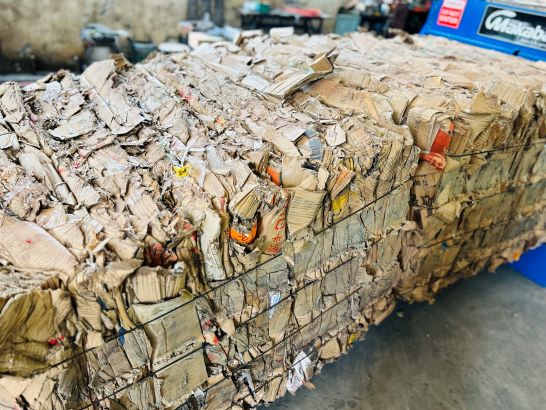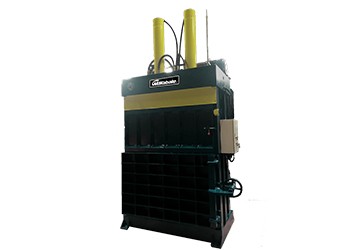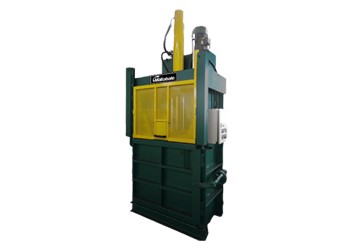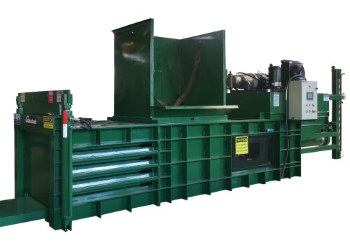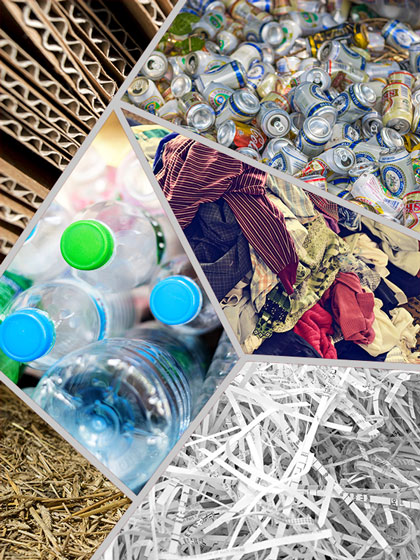Why Recycle Cardboard / OCC?
Recycling cardboard (OCC) is a good idea, not just because it will help clean up the environment. Cardboard recycling also has social and economic benefits that make it all worthwhile. Recycling cardboard brings revenue to recycling companies, and they also provide more jobs - both at their location and in lower-income areas. Recyclables often don't make it past a landfill site, so recycling them is essential to ensure that our environment stays clean.
Here are some of the benefits of recycling cardboard:
1. It will help the environment. Cardboard is made out of the wood pulp, which comes from trees. Recycling cardboard can keep trees alive because it will give wood pulp a new use. Recycling cardboard also helps humanity by providing jobs and the funds to maintain some of our natural environments.
2. It protects our landfills. If we don't recycle cardboard, it will eventually end up in a landfill site, which can cause problems for future generations such as groundwater contamination, soil erosion, environmental and safety hazards, and so on. However, if we recycle cardboard, we will take away one of the many sources of litter in natural places such as rivers and oceans, where it can harm animals and people.
3. It creates jobs. The more we recycle, the more we reduce the number of materials in landfills. This means that fewer workers are needed to maintain them. This also means that there will be less trash to haul away. If we don't recycle, there will probably be too much trash for our landfills and other facilities to process - this means that more people must be trained to dispose of the waste and get paid for their work.
4. It reduces greenhouse gas emissions. Recycling cardboard won't stop the use of paper altogether, but it will help us reduce the amount of waste that we produce and recycle on an ongoing basis. Recycling cardboard will also reduce greenhouse gases because less new trash will need to be made to replace the waste recycled now.
In conclusion, recycling cardboard has many benefits to our environment and our society as a whole. Not only can we save a lot of trees, but we can also protect the landfills that are now full of waste - this keeps the soil from being eroded and the air from being polluted. Recycling cardboard gives us more jobs and helps us end some of the problems with trash production.
